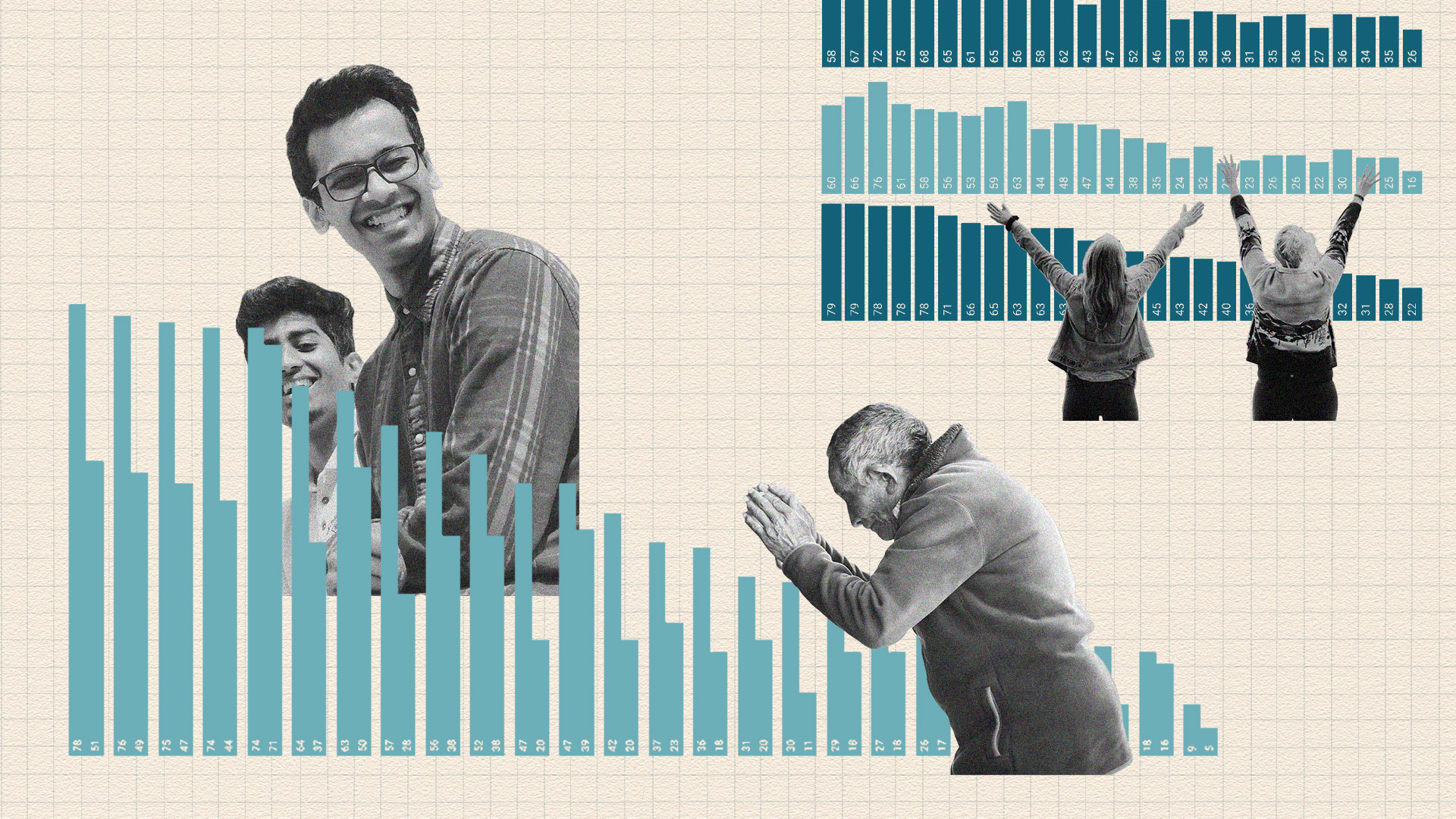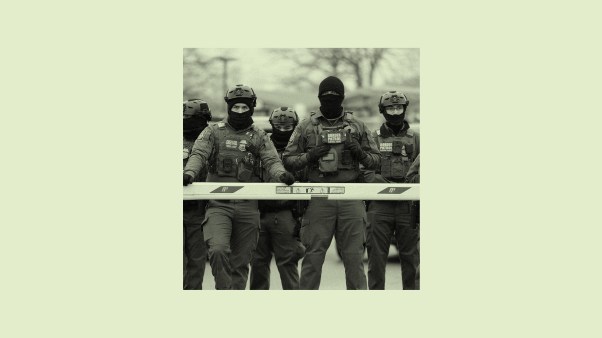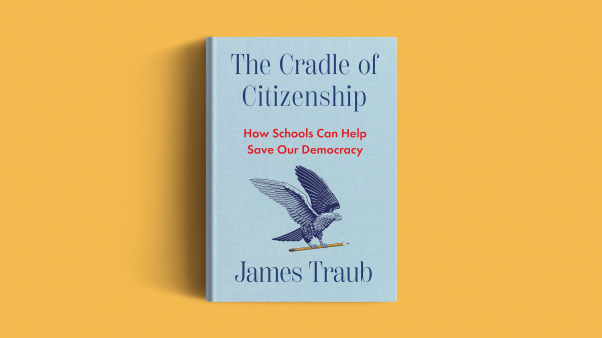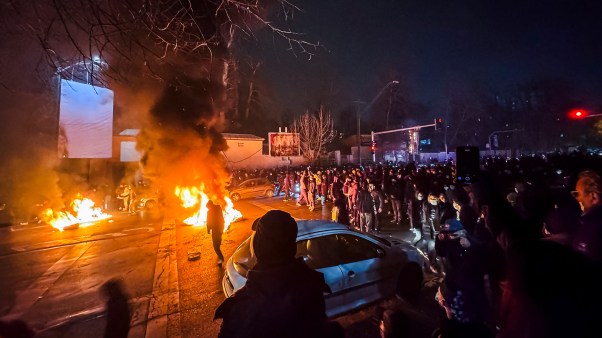Countries with more baby boomers who say they believe in God as described in “holy scriptures” (including the Bible, the Quran, and the Torah) are less likely to have members of Gen Z who do.
But countries with fewer boomers who hold this belief are more likely to have members of Gen Z who do.
In a recent Ipsos Global Advisor survey of nearly 20,000 adults from across 26 countries, the researchers found that in nine countries where less than one-third of adults believe in God as described in holy scriptures, Generation Z was more likely to hold these convictions than boomers.
In Northern and Western Europe, Gen Z was more likely than the boomer generation to say they believe in heaven, supernatural spirits, hell, and the Devil. In places like South Africa and India, however, boomers were more likely than Gen Z members to believe in these aspects of the spiritual realm.
Boomers were also more likely than younger people to identify as Christian in half of the countries.
This study was conducted via face-to-face and online interviews. However, only Australia, Argentina, Belgium, Canada, France, Germany, Great Britain, Hungary, Italy, Japan, the Netherlands, Poland, South Korea, Spain, Sweden, and the US numbers can be considered representative of their general adult population.
“Samples in Brazil, Chile, Colombia, Mexico, Peru, Singapore, South Africa, Thailand, and Turkey are more urban, more educated, and/or more affluent than the general population,” explains Ipsos. “The survey results for these countries should be viewed as reflecting the views of the more ‘connected’ segment of their population. India’s sample represents a large subset of its urban population—social economic classes A, B and C in metros and tier 1–3 town classes across all four zones.”
Among the countries surveyed, the percentage of Christians as a portion of the population peaked at 76 percent. However, most of the countries had Christian majorities, and more than two-thirds of people in Peru, South Africa, Mexico, Colombia, Poland, Brazil, Italy, and Argentina identified as Christians.
The beliefs and practices of Christians in these countries, however, diverged sharply from one another.
Well over half (64%) of Peruvians surveyed said they pray outside a place of worship once a month or more; however, less than half (37%) said they go to a place of worship that often. And the percentage of people in Peru who believe that religion does more harm than good dropped from 38 percent in 2017 to 32 percent.
Colombia followed a similar pattern, where more people pray outside a place of worship (74%) than attend a place of worship (44%).
The same tendencies could also be seen in Brazil, where 70 percent of the population said they are Christian. Brazilians surveyed expressed strong positive associations with God’s role in their lives. The vast majority said that believing in God or higher forces allows them to overcome crises (90%), gives meaning to their lives (89%), and makes them happier on average (88%). The country’s rate of religious tolerance also increased from 70 percent in 2017 to 81 percent in 2023.
Of the 26 countries surveyed, South Africa expressed the highest levels of tolerance (92%) for other religions. It also had the highest percentage of people (78%) who pray outside a place of worship, although, much like Brazil and Colombia, only about half (51%) actually attend. The country had the most positive associations with God’s role in people’s lives, with more than 80 percent of respondents saying that their belief in God or higher forces helps in overcoming crises (89%), gives meaning to life (93%), and makes them happier (89%).
Religious tolerance in Mexico increased from 66 percent in 2017 to 73 percent in 2023. And the belief that religion does more harm than good dropped from 43 percent in 2017 to 37 percent in 2023. The number of people who said that religion defines them as individuals rose from 31 percent in 2017 to 42 percent in 2023.
While three-quarters of Polish people are Christian (75%), only about half (52%) believe in God as described in holy scripture. And although religious tolerance increased in Poland from 74 percent in 2017 to 80 percent in 2023, other religious metrics dropped in the same time frame.
For instance, there were decreases in the number of people who said they believe in the following categories: that religious practices are an important factor in the moral life of a citizen (62% vs. 48%), that religion does more harm than good (49% vs. 44%), that religion defines a person (54% vs. 45%), and that people with a religious faith are better citizens (36% vs. 26%).
A majority of Italians identify as Christian (68%), yet less than half pray outside a place of worship at least once a month (37%) and even fewer attend a place of worship at least once a month (23%). Similarly, a minority of people in Italy believe that religious faith makes someone a better citizen (34%), that religion defines a person (48%), and that people with a religious faith are happier (47%).
Much like Italians, less than half of Argentinians said they pray outside a place of worship (42%) and less than a quarter go to a place of worship (20%). Although a little over two-thirds of the population said they are Christian (68%), only about half said they believe in God as described in holy scripture (53%).
While Christianity in South Korea has historically been more robust than in other parts of East Asia, among the countries polled, South Korea had the highest percentage of people who claim to have no religion (53%) and the highest percentage of those who said they do not believe in God or any higher power (44%). From 2017 to 2023, South Korea’s religious tolerance also dropped from 65 percent to 53 percent.
Japan exhibited lower levels of religious interest as well. The country repeatedly had a low, if not the lowest, percentage for any religious affiliation across the board—with only 2 percent claiming to be Christian. From 2017 to 2023, Japan became 26 percentage points more likely to believe that religion does more harm than good, increasing to 52 percent.
In Hungary, whose leader, Viktor Orbán, has become a champion of Christian nationalism, Christians make up the majority (58%) of the populace, though 31 percent claim no religion at all. Less than a quarter of the population agreed that religion defines them as individuals (15%) and that people with religious faith are better citizens (16%). Six percent said they lose respect for people when they discover they do not have a religious faith.
Among Hungarians, some of these categories dropped significantly from the 2017 survey, including a decrease from 53 percent that year to 37 percent in 2023 for the number of people who believe religion does more harm than good. There was also a drop from 29 percent in 2017 to 15 percent in 2023 for the number of people who believe that religion defines them as individuals.
Half of the 26 countries surveyed had majorities who believe in heaven. But only 9 of those had majorities that believe in hell, 12 had majorities that believe in supernatural spirits, and 9 had majorities that believe in the Devil.
Of all countries surveyed, Peru had the largest percentage of people (79%) who said they believe in heaven. Majorities also said they believe in hell (60%), although this figure represented a nearly 20 percentage-point drop from those who believe in heaven.
While Brazil (79%), South Africa (78%), and Colombia (78%) also had high percentages of people who believe in heaven, they had lower percentages of people who believe in hell, with 66 percent, 61 percent, and 58 percent respectively.
Forty-four percent of Belgians identify as Christian. But of all countries surveyed, they had lowest number of people who said they believe in heaven (22%), supernatural spirits (26%), hell (16%), and the Devil (18%).
The survey’s most religious non-Christian countries included India, Thailand, and Turkey, with nearly 100 percent of people in India (99%) and Thailand (98%) claiming to be religious.
Despite such a high religious population, only 2 percent of India’s population claim to be Christian. A majority said they believe in heaven (54%), but less than half believe in hell (47%), supernatural spirits (43%), and the Devil (41%).
In the same way, only 4 percent of Thais surveyed said they are Christian. Yet Thailand had high majorities of people who have positive associations with God’s role in their lives—over 80 percent agreed that believing in God or higher forces helps them overcome crises (82%), gives meaning to life (85%), and makes them happier (88%).
Out of the 26 countries surveyed, Thailand had the lowest percentage (27%) of those who believe that religion does more harm than good. People in Thailand said they believe in heaven and hell, equally, at 63 percent, but under half of Thais surveyed said they believe in the Devil (40%).
Although 87 percent of Turks surveyed said they are religious, only 2 percent are Christian. Turkey also had significantly high majorities of people who believe in heaven (78%), supernatural spirits (72%), hell (76%), and the Devil (76%).
From 2017 to 2023, five countries saw declines in the percentages of people who believe their religion defines them as individuals and who believe that religious practices are an important factor in the moral life of their country’s citizens. Hungary, Germany, South Korea, Poland, and the United States were the nations that experienced this.
Overall, most people in all the countries surveyed felt comfortable around others with different religious beliefs. Religious tolerance rose in nine countries from 2017 to 2023, with France seeing the largest increase: 63 percent to 79 percent. Tolerance fell in just four countries, with South Korea having the most significant drop: 65 percent in 2017 to 53 percent in 2023.









